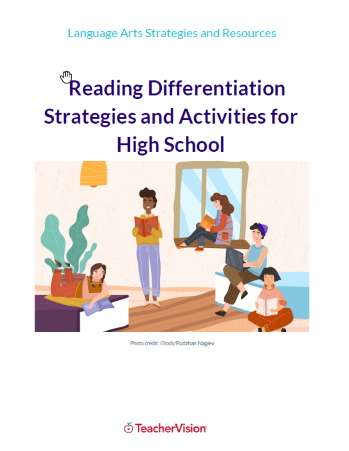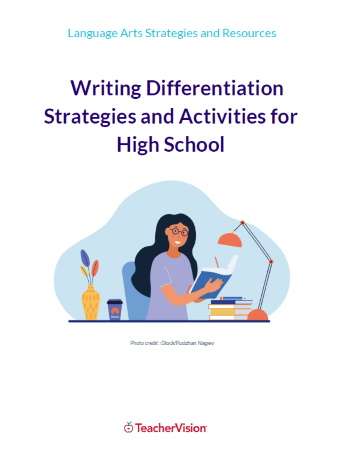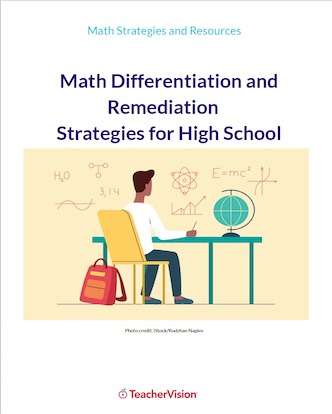Write a First Draft
Every essay or paper is made up of three parts:
Introduction
Body
Conclusion
The introduction is the first paragraph of the paper. It often begins with a general statement about the topic and ends with a more specific statement of the main idea of your paper. The purpose of the introduction is to
let the reader know what the topic is
inform the reader about your point of view
arouse the reader's curiosity so that he or she will want to read about your topic
The body of the paper follows the introduction. It consists of a number of paragraphs in which you develop your ideas in detail.
Limit each paragraph to one main idea. (Don't try to talk about more than one idea per paragraph.)
Prove your points continually by using specific examples and quotations.
Use transition words to ensure a smooth flow of ideas from paragraph to paragraph.
The conclusion is the last paragraph of the paper. Its purpose is to
summarize your main points, leaving out specific examples
restate the main idea of the paper
Revise the First Draft
Try to set aside your draft for a day or two before revising. This makes it easier to view your work objectively and see any gaps or problems.
Revising involves rethinking your ideas, refining your arguments, reorganizing paragraphs, and rewording sentences. You may need to develop your ideas in more detail, give more evidence to support your claims, or delete material that is unnecessary. For more advice on revising and a sample revision, click here.
Read your paper out loud. This sometimes makes it easier to identify writing that is awkward or unclear.
Have somebody else read the paper and tell you if there's anything that's unclear or confusing.
Proofread the Final Draft
Look for careless errors such as misspelled words and incorrect punctuation and capitalization.
Errors are harder to spot on a computer screen than on paper. If you type your paper on a computer, print out a copy to proofread. Remember, spell checkers and grammar checkers don't always catch errors, so it is best not to rely on them too much.





